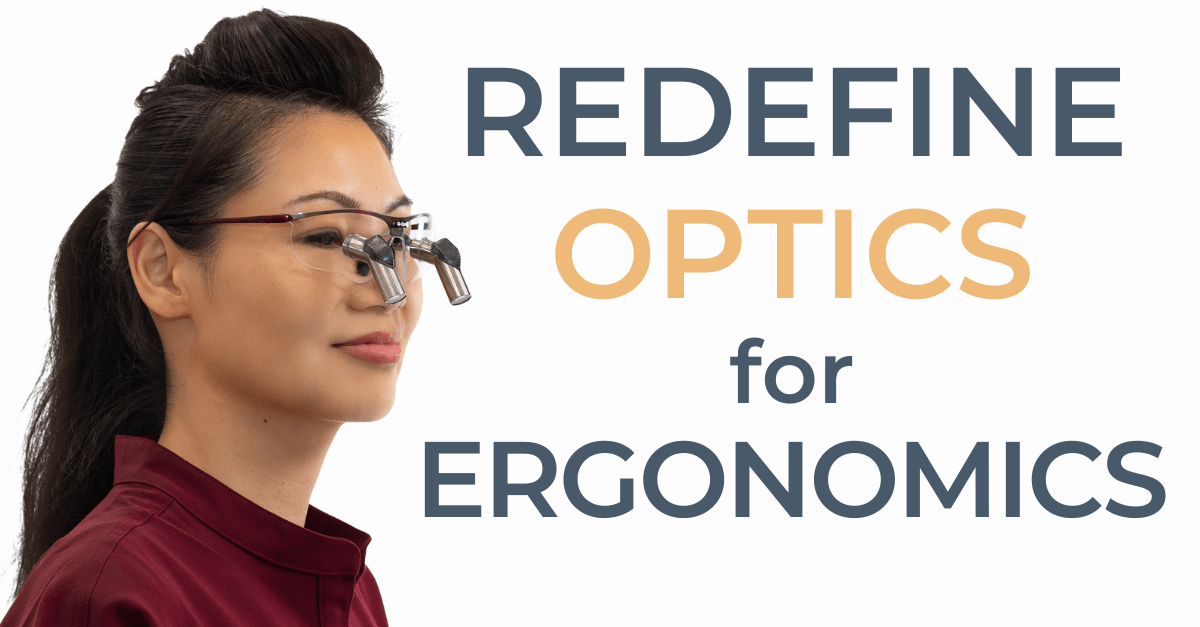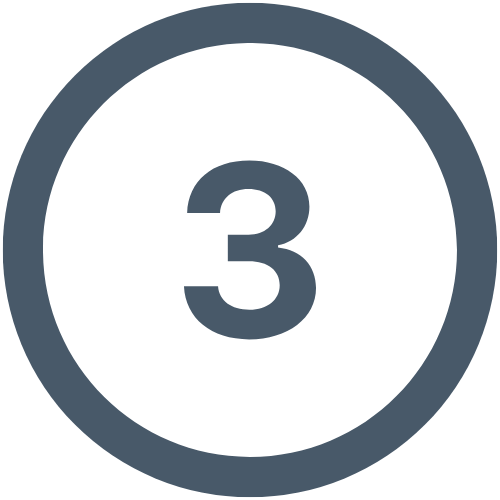Understanding Your Loupe Needs
Both the focal length and working distance perceived by loupes is confined to a restricted range, compelling users to adopt different postures to attain appropriate focus. Consequently, well-fitted loupes facilitate the body's proper posture while poorly fitted ones can perpetuate improper posture that can result in discomfort and injury.
Magnification
Choose a level of magnification based on field size and depth of field necessary for procedures.
Seek feedback and advice from faculty members or mentors who have experience with surgical loupes to help determine a best magnification for you. Improve your technique, and optimize your posture.
Posture
Determine your specific optimal working ergonomic form by prioritizing your posture-neutral body alignment and comfort throughout surgery.
Consider your height and other tools (such as operating room with a height adjustable bed, utilizing stepping stools, etc.) when assuring a neutral stance with your neck angled from 0-20 degrees, your back <5 degrees, and elbows ±90 degrees. Eliminate a forward head posture with chin to chest.
Working Distance
The distance should allow a natural position with limited neck flexion - correct working distance will reduce strain to your neck and lower back. The proper working distance will reduce risk of musculoskeletal disorders of the neck and lower back.
FIND YOUR WORKING DISTANCE: At the start or end of a case in the OR, while you are in your desired neutral ergonomic position, have a colleague hold the end of the suture to the bridge of your nose. Proceed to pull the suture down to your operating field where your hands/instruments are engaged. Proceed to cut the suture at that point that can later be measured to find your optimal working distance. You can adapt this throughout - or during alternate types of procedures - to find the median operating distance in which you can work comfortably in any situation. Pay close attention to your field of view - if you are deeper in the cavity, for example, ensure the suture is extended to that specific point.
Your Maintenance and Ours.
When selecting loupes, it is recommended to choose the lightest frames available to avoid strain during operations. The ideal loupes should provide ample viewing space around the telescopes while keeping the head and neck in a comfortable, neutral position. In the event of discomfort, fine-tune and have a colleague take profile images to monitor any changes in posture over time to provide real-time feedback. Fortunately, loupes can be adjusted to fit your unique needs at any point in your practice.
Q-Optics loupes' anti-fog, scratch-resistant carrier lenses and waterproof telescopes need to be cleaned regularly to ensure clear vision. Our Lifetime Guarantee will safeguard your titanium frame, optical seal / bond of the telescope to the telescope to the lens, and cracking of the lenses - providing full coverage at no cost to you.





